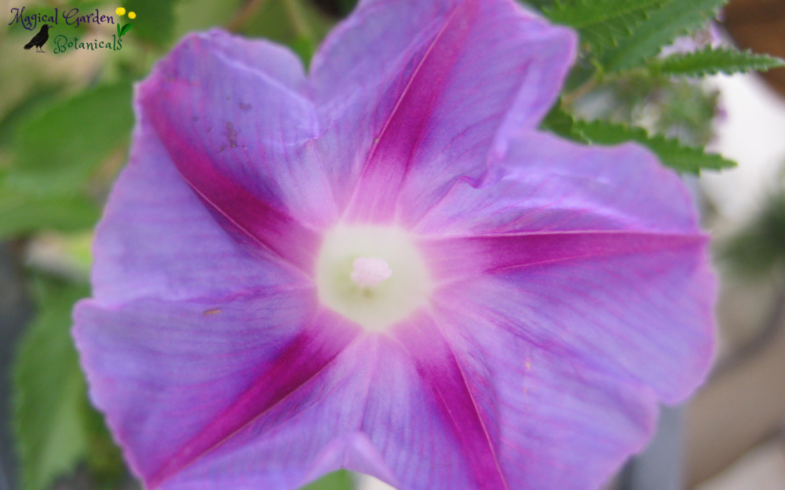Reverse Perceived Beauty
Beauty isn’t only skin deep. There are many, hundreds if not thousands, of beauty products that promote beautiful skin, amazing eyelashes, shiny nails, sparkly eyes… But at what cost? Have you ever given any thought to what these miraculous products are doing to your body, below “skin deep”?
It’s what’s on the inside that counts.
We have all heard this before at some time or another. Most of us associate it with a state of being or an emotion. Stop and think about it.
What’s on the inside DOES count, even more than what’s on the outside. To begin with, your “outside” is often a reflection of what is going on “inside”. Although, there are times when someone can appear to be super healthy and fit, and they are literally falling apart on the inside.
Most of us are familiar with the protocol of keeping healthy: choose nourishing whole foods, drink plenty of water, exercise, avoid junk foods, and so on. All of these things are key in keeping healthy, but what about nourishing and protecting our largest organ- the skin?
No way…..yuck! But in all reality, we “eat” everything we put on our bodies. Our skin absorbs everything we spray, slather, and dab on our bodies. Unlike food items, cosmetics do not require FDA approval prior to being placed on the market. Additionally, keep in mind that trade or secret ingredients can be labeled as “and other ingredients”. As of late, more companies are jumping on board and listing their full product ingredients. Although for many of us, unless you have a science degree, these listings can be overwhelming.
Thankfully, there are a few websites that offer information to help us decode some of these mysterious ingredients and their potential effects on people and the environment. A good starting point and a fairly popular site is EWG’s Skin Deep cosmetic database. I consider this a starting point, as I don’t always agree with their rating system. It is a fantastic database, but I still encourage you to learn about each ingredient. Do your research on individual ingredients and decide if they are safe by your standards. Campaign for Safe Cosmetics, provides information on ingredients in cosmetics, along with a list of companies that offer less toxic products.
1. Read labels.
2. Learn the botanical names of plant-based ingredients. For example, Butyrospermum Parkii is shea butter.
3. Avoid ingredients that shouldn’t be ingested.
4. Support companies that demonstrate a concern for health and the environment.
5. Take the time to email and call companies to question them about the ingredients used in their products.
6. To save time, read the ingredient list from the bottom up. Preservatives are usually listed last as they are used in the smallest amounts.
7. Be wary of mainstream companies that usually offer chemical-laden products and are now offering a natural/organic line. Greenwashing is fairly common these days; be wary of big-name companies that now carry a “natural” cosmetics line.
8. More expensive does not mean it is a better product, however, quality ingredients can raise the cost of a product. (You get what you pay for…..read the ingredient list!)
9. Watch for terms like “natural, non-toxic, and paraben-free”. While those are good things to look for, they are often marketing gimmicks. Many products labeled as such still contain chemicals to be avoided.
10. Look for the word “fragrance”. Unless listed as an essential oil or other natural fragrance, the word fragrance usually implies a combination of chemicals-including phthalates.
Sources:
https://www.fda.gov/cosmetics…
https://www.fda.gov/cosmetics…

Daughter of the Earth, Mother of her creations. Ivanna (Evie) doesn’t care for titles, but the ones that fit best are homeschool mom, herbalist, and blogger. Her greatest joy is guiding others to find true wellness within themselves and Mother Earth. When not spending time with her beloved family, she can be found researching everything related to holistic wellness, crafting herbal remedies, or visiting with the plants in the Magical Garden.




